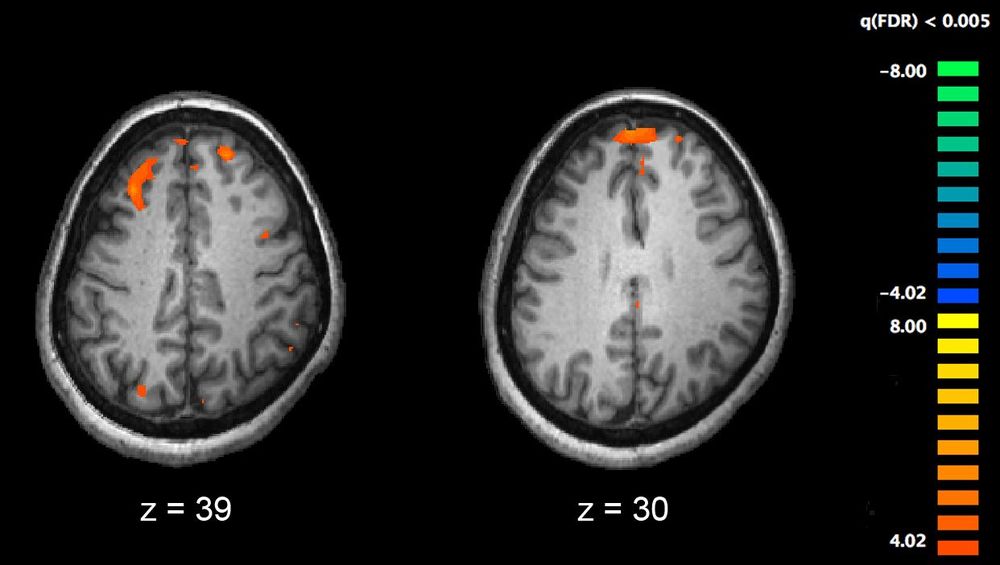Mei Mei Hu vowed to never work with her mother, Chang Yi, but she knew this was bigger than the both of them.

Having a loved one not recognize you, or forget a shared experience can be heartbreaking but that’s what Alzheimer’s does to you. We are, ultimately, nothing but the sum of our memories and experiences, so to lose the ability to remember is to lose one’s identity. Alzheimer’s is currently the sixth-largest cause for death in the United States with over 5.8 million Americans diagnosed with the memory loss disease. After 200 unsuccessful attempts worldwide to find a drug that treats Alzheimer’s, a mother-daughter duo is now close to finding a vaccine, according to Wired.





